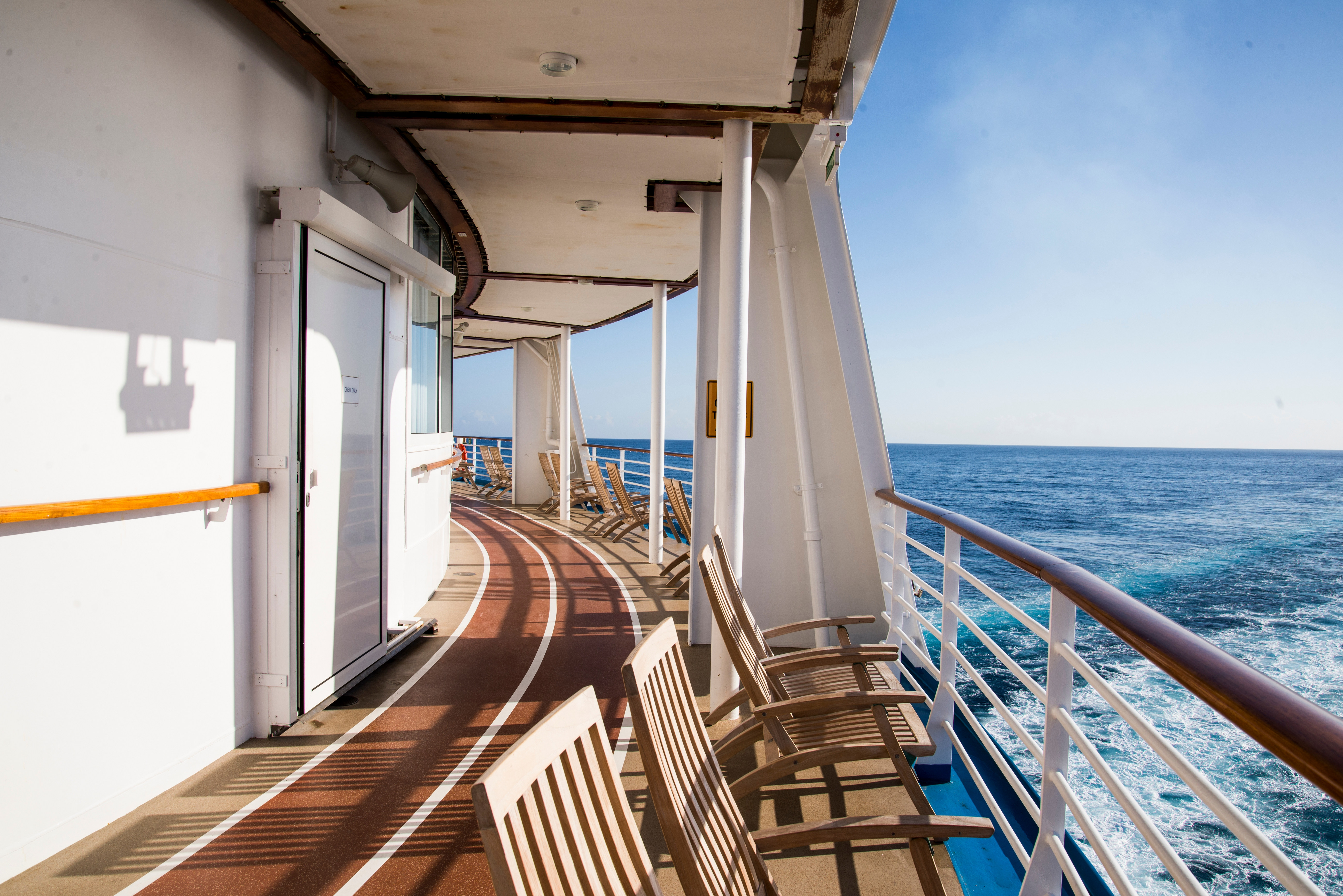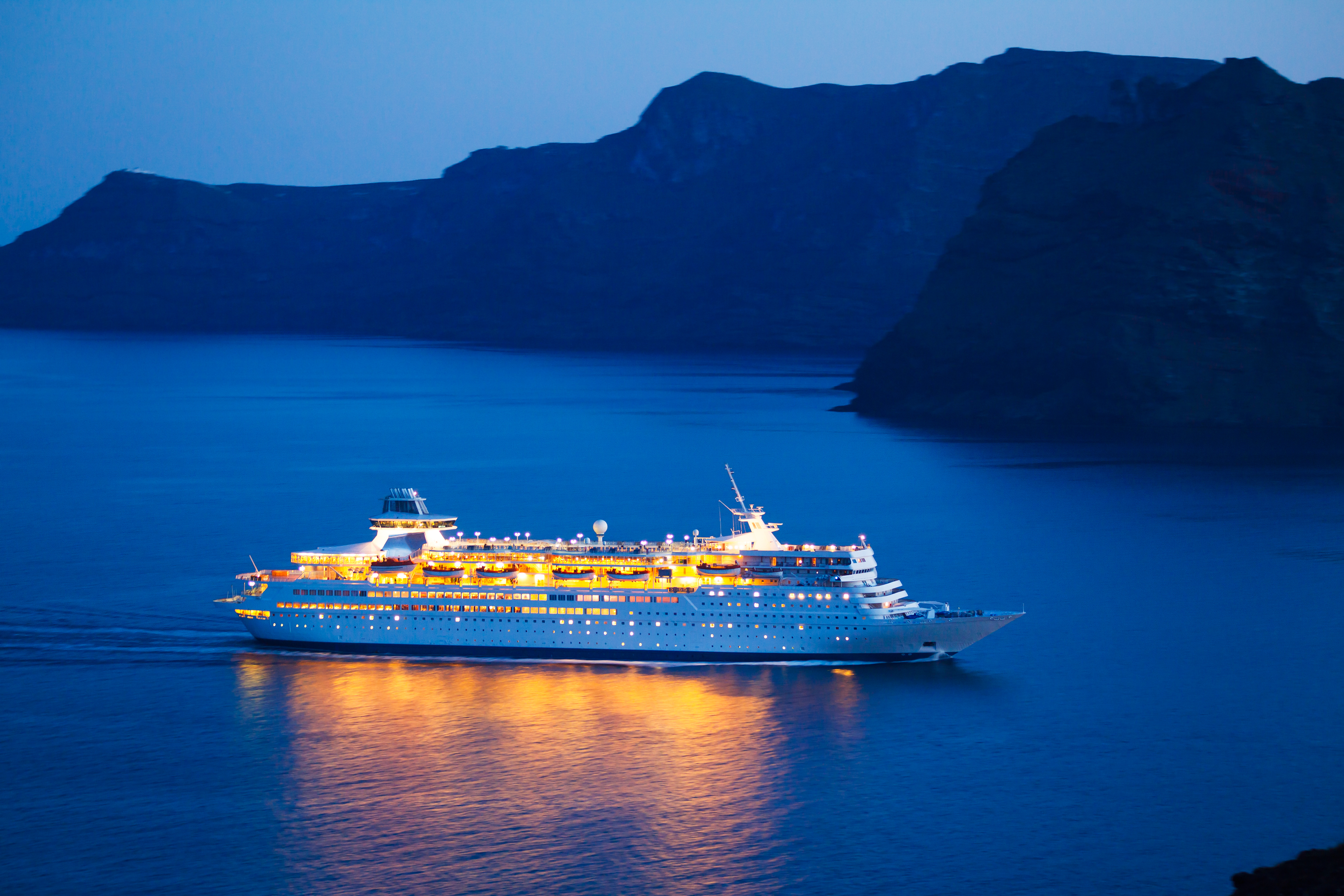Sail Responsibly: 6 Ways to Make Your Cruise More Eco-Friendly
In recent years, the tourism industry has witnessed a significant shift towards sustainability, and the cruise sector is no exception. As the world becomes increasingly conscious of environmental issues, travelers are seeking ways to reduce their ecological footprint, even while at sea. The concept of a greener voyage has gained momentum, with cruise lines and passengers alike exploring innovative methods to minimize environmental impact. This article delves into the heart of this transformation, offering a comprehensive guide to turning your cruise into an eco-friendly adventure. By adopting six sustainable practices, you can contribute to the preservation of our oceans and the well-being of coastal communities, ensuring that your journey is as enriching for the planet as it is for you.
1. Choosing Eco-Conscious Cruise Lines

The first step towards a greener cruise is selecting a company that prioritizes sustainability. Many cruise lines have begun to implement eco-friendly initiatives, such as reducing carbon emissions, investing in cleaner technologies, and supporting conservation efforts. Researching and choosing a cruise line committed to environmental stewardship can significantly reduce your trip's ecological impact. Look for companies that have received certifications from reputable environmental organizations, as these endorsements indicate a genuine commitment to sustainable practices. Several cruise lines have taken the lead in adopting green technologies and practices. For instance, some have introduced ships powered by liquefied natural gas (LNG), which significantly cuts down on harmful emissions compared to traditional marine fuels. Others have invested in advanced wastewater treatment systems, ensuring that water discharged at sea is free from pollutants. By opting for a cruise line that prioritizes these measures, you contribute to a cleaner and healthier marine environment. As consumers demand more sustainable options, the industry is likely to continue evolving, offering even more eco-friendly choices in the future.








